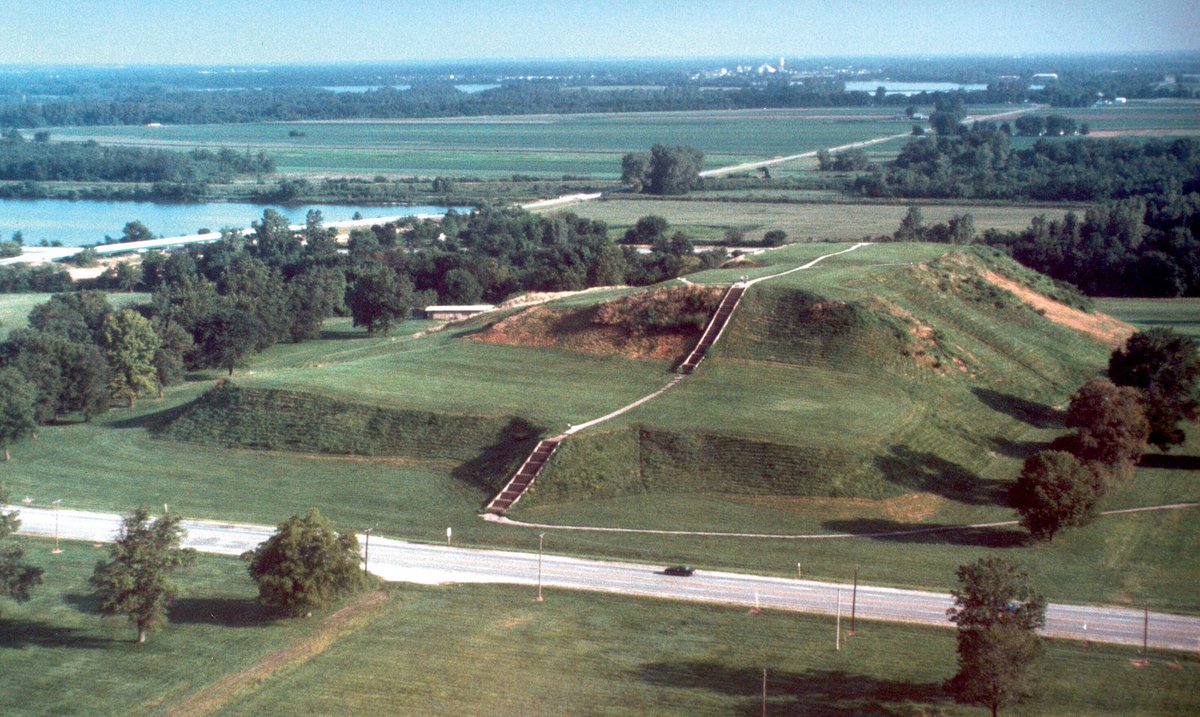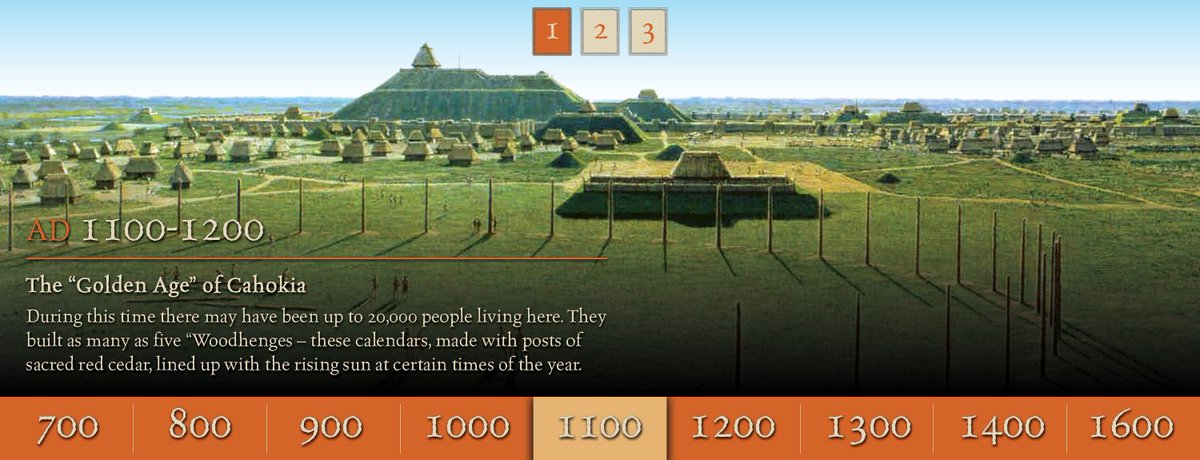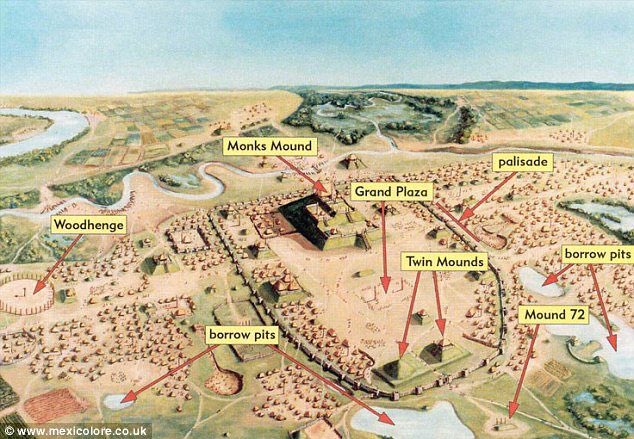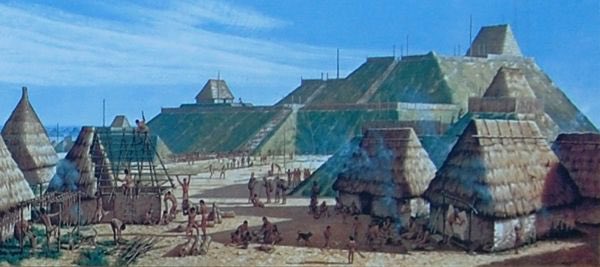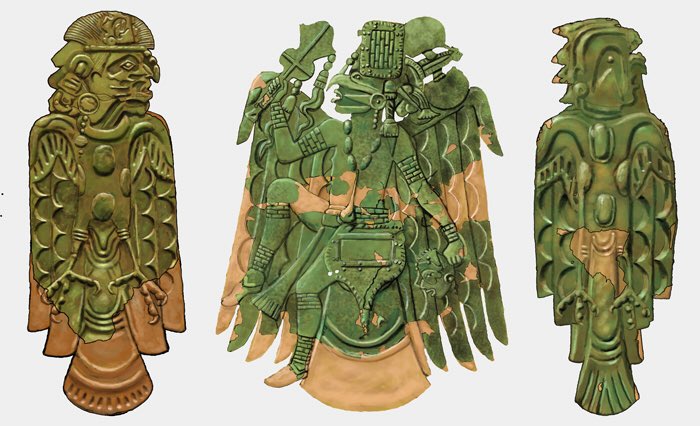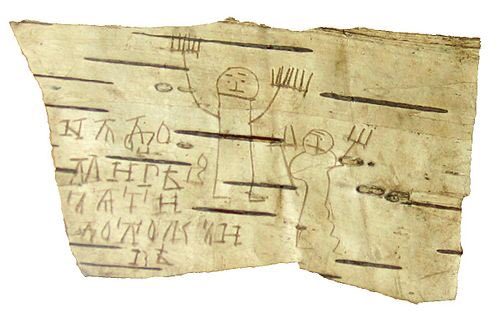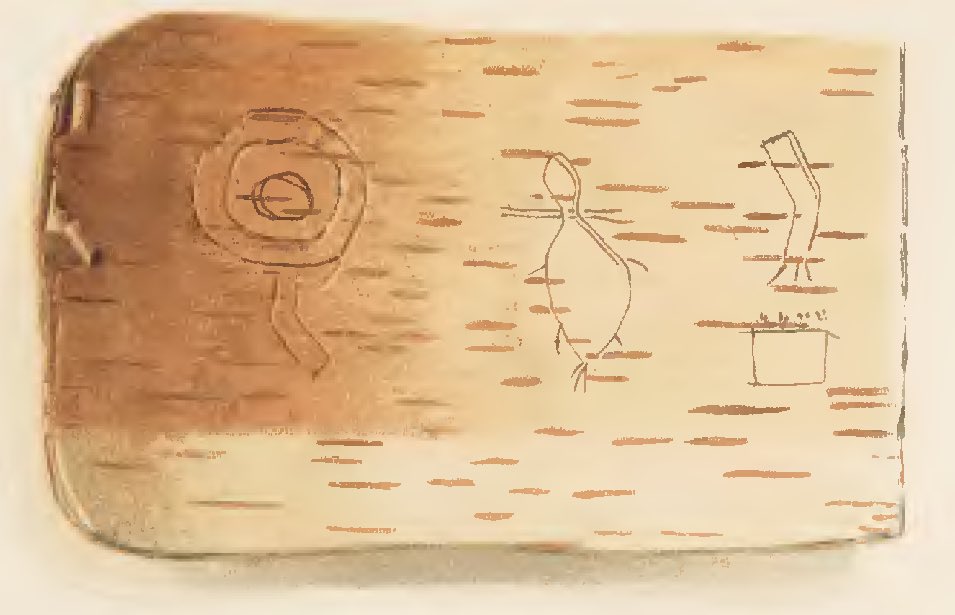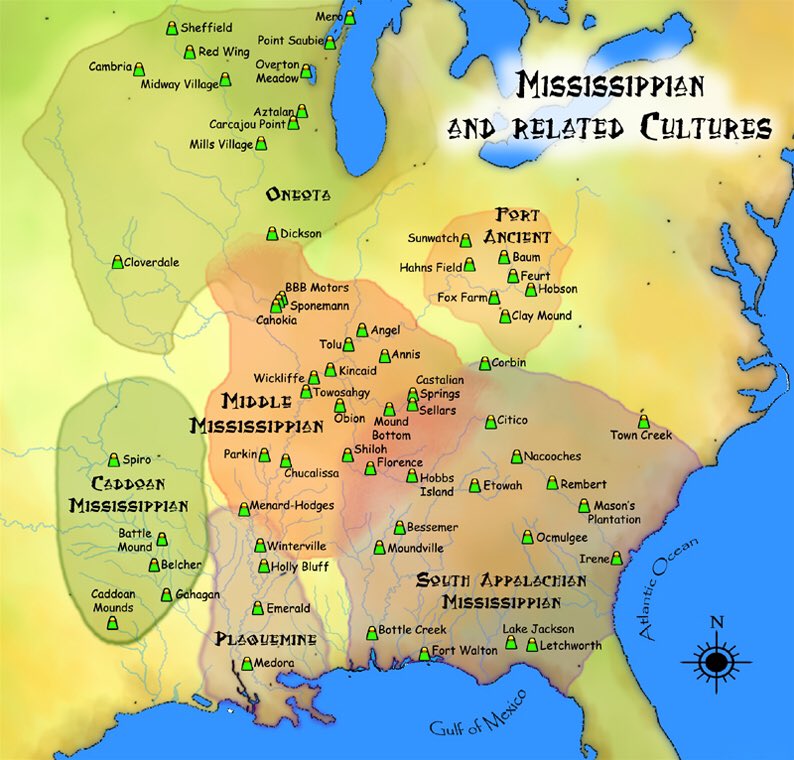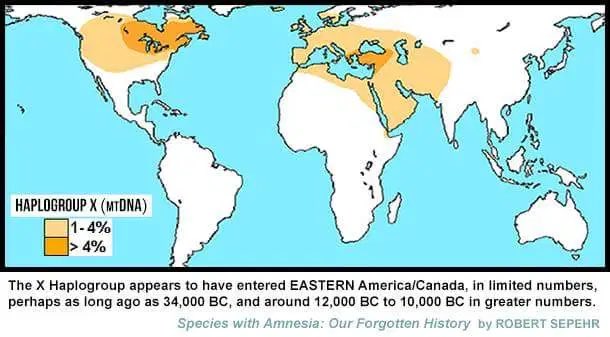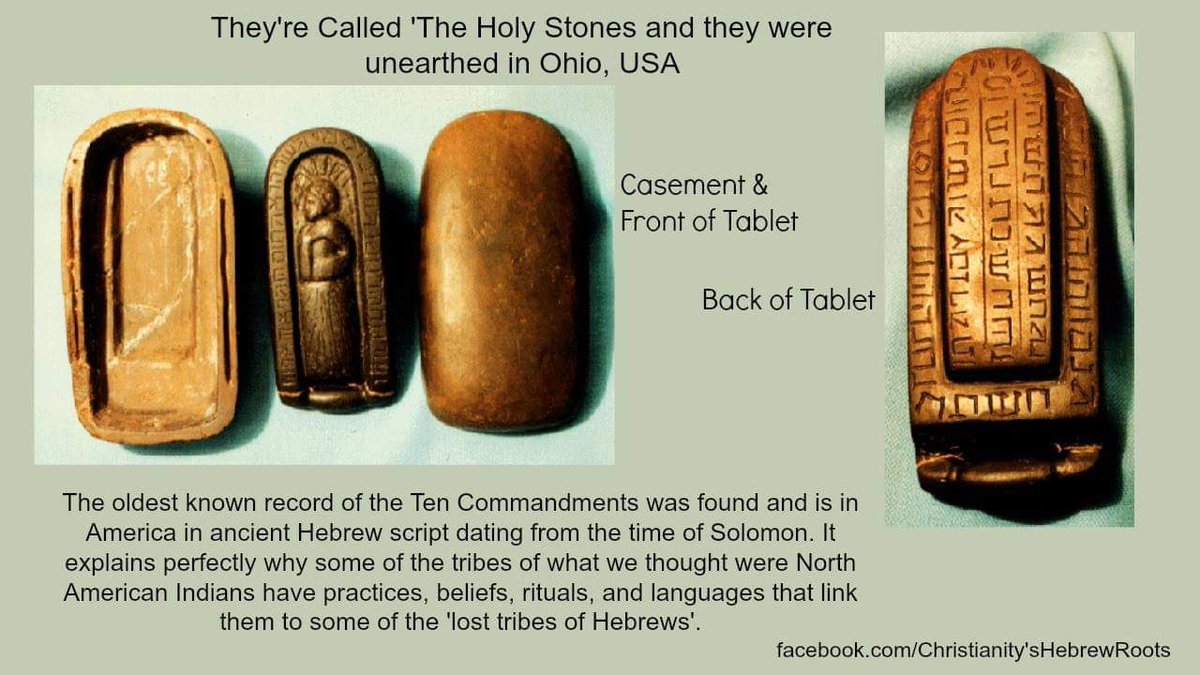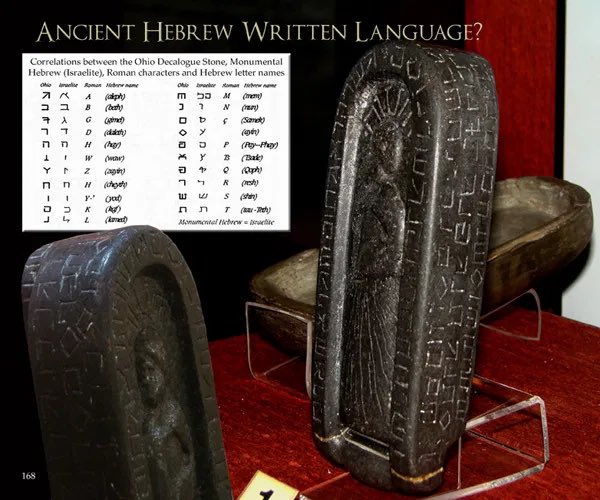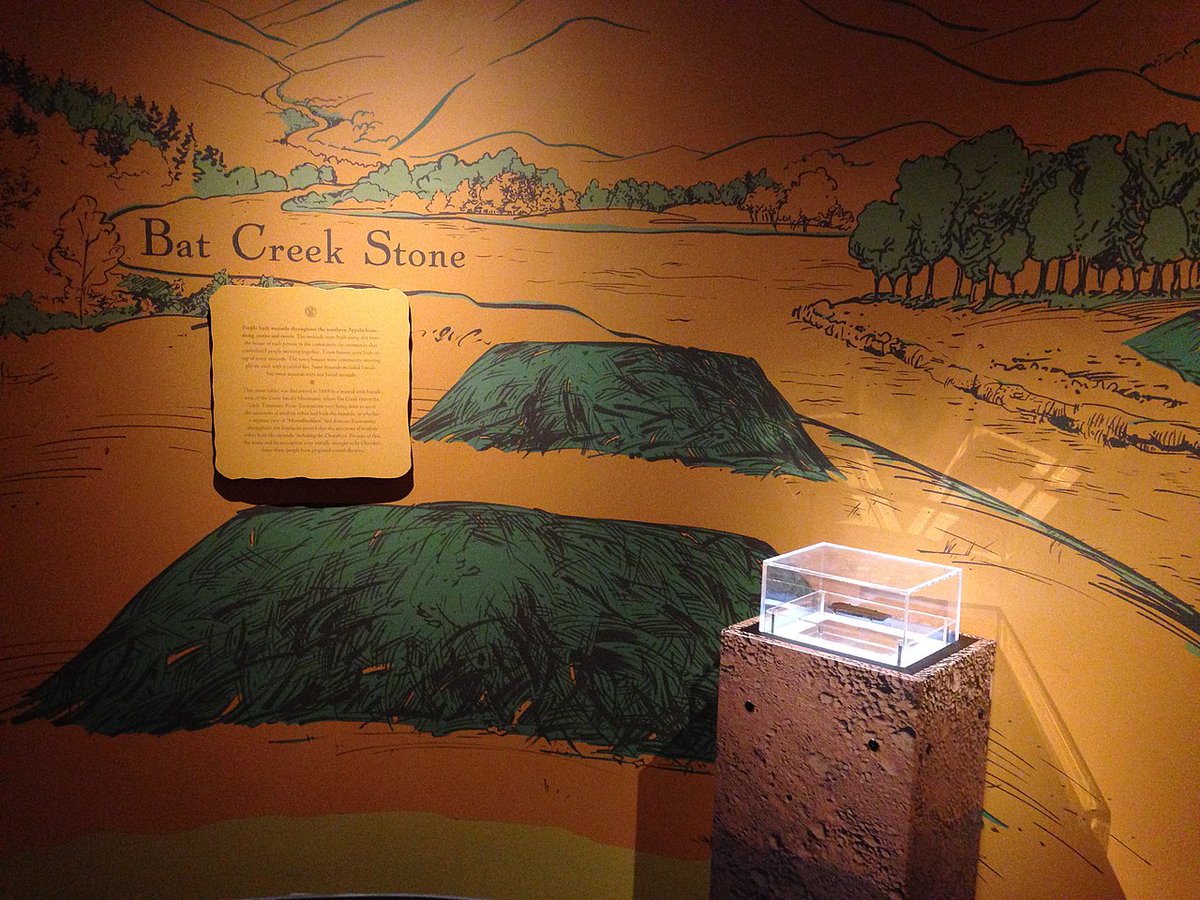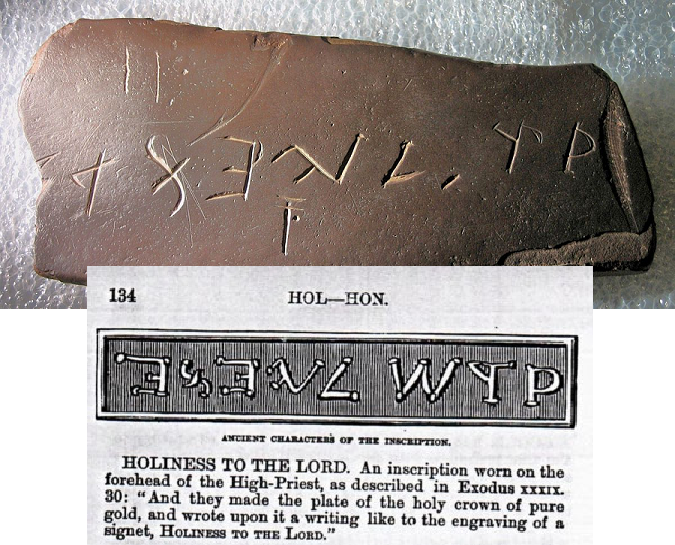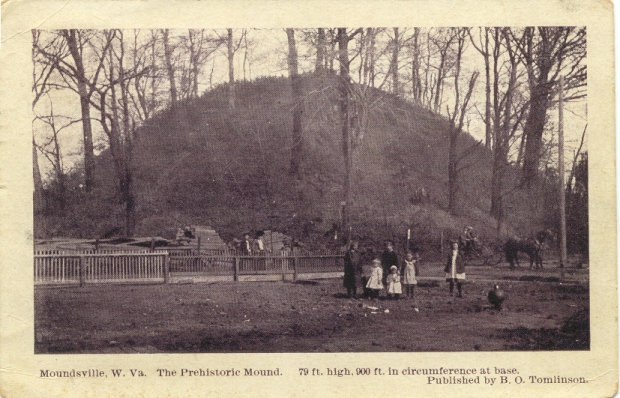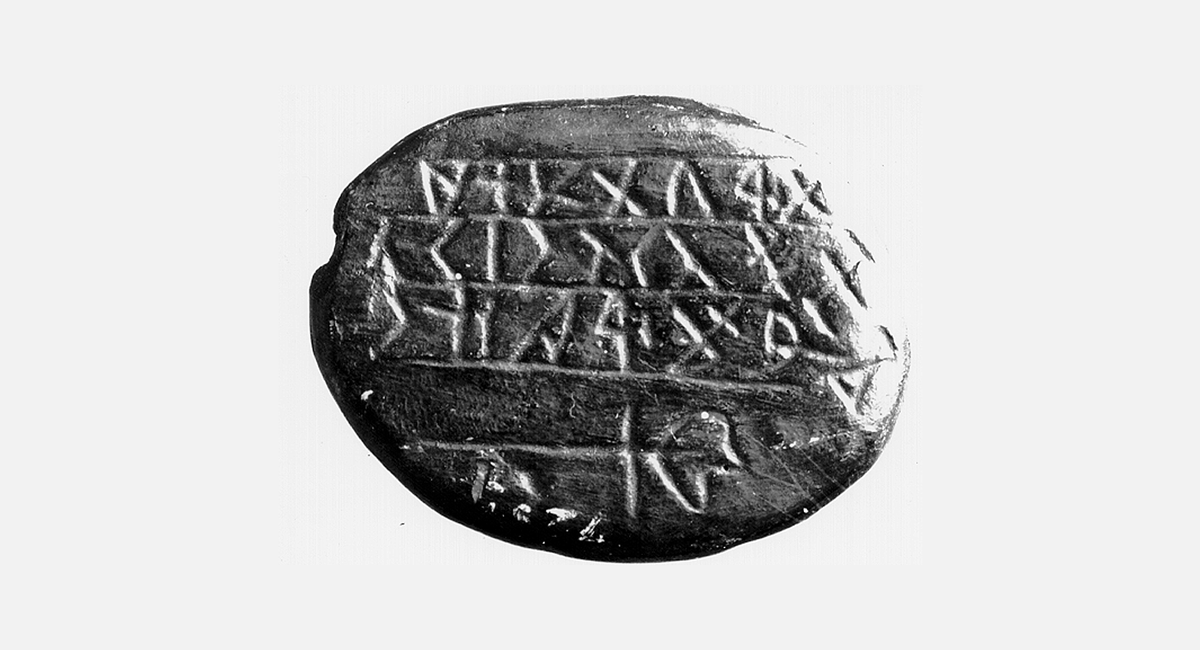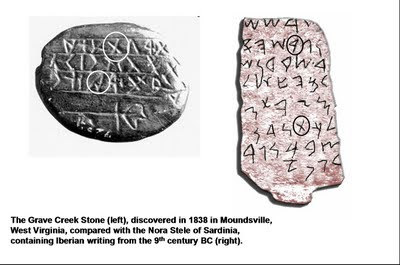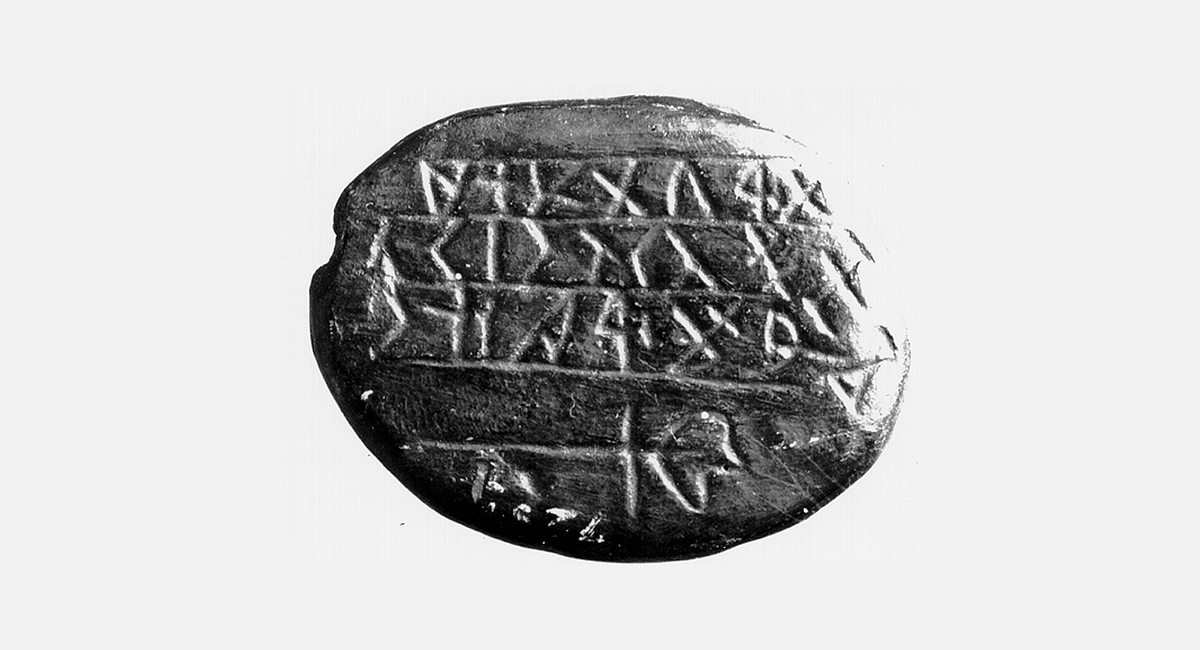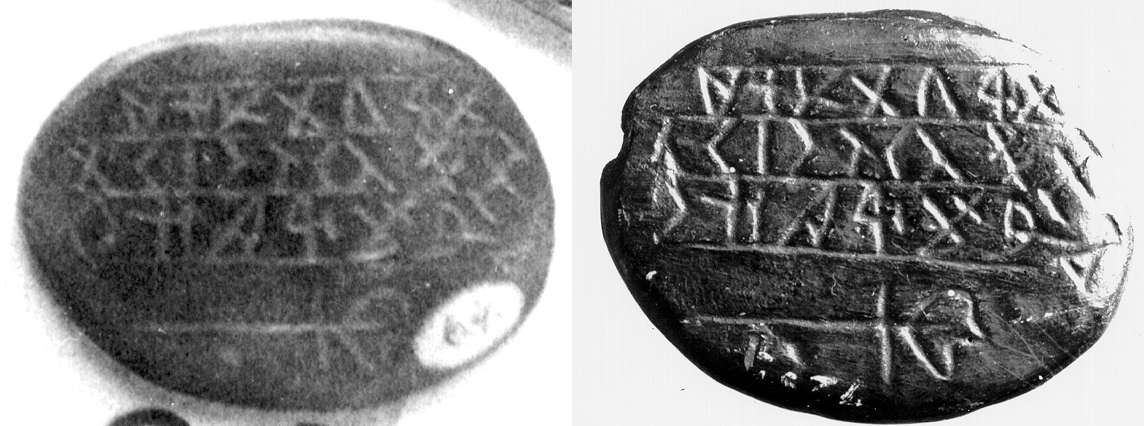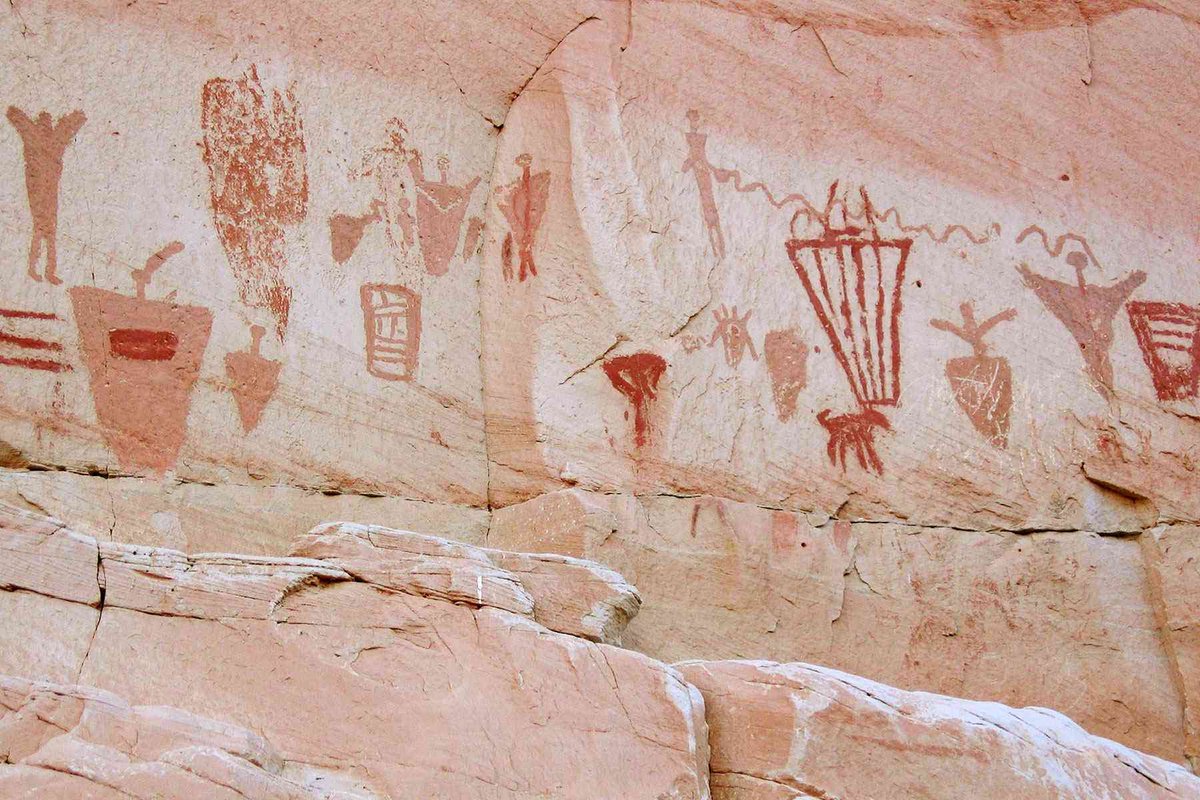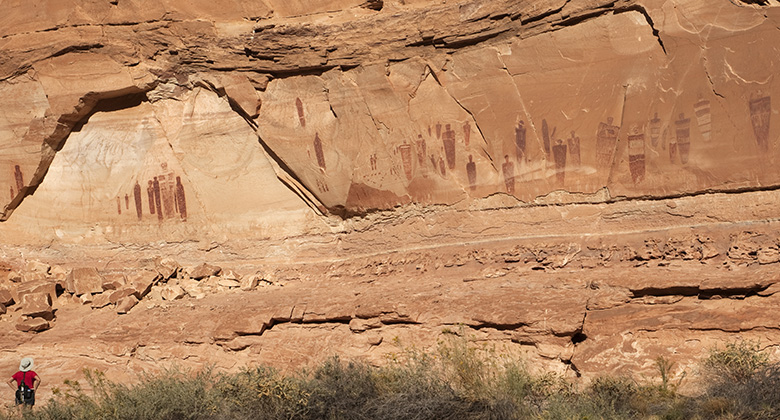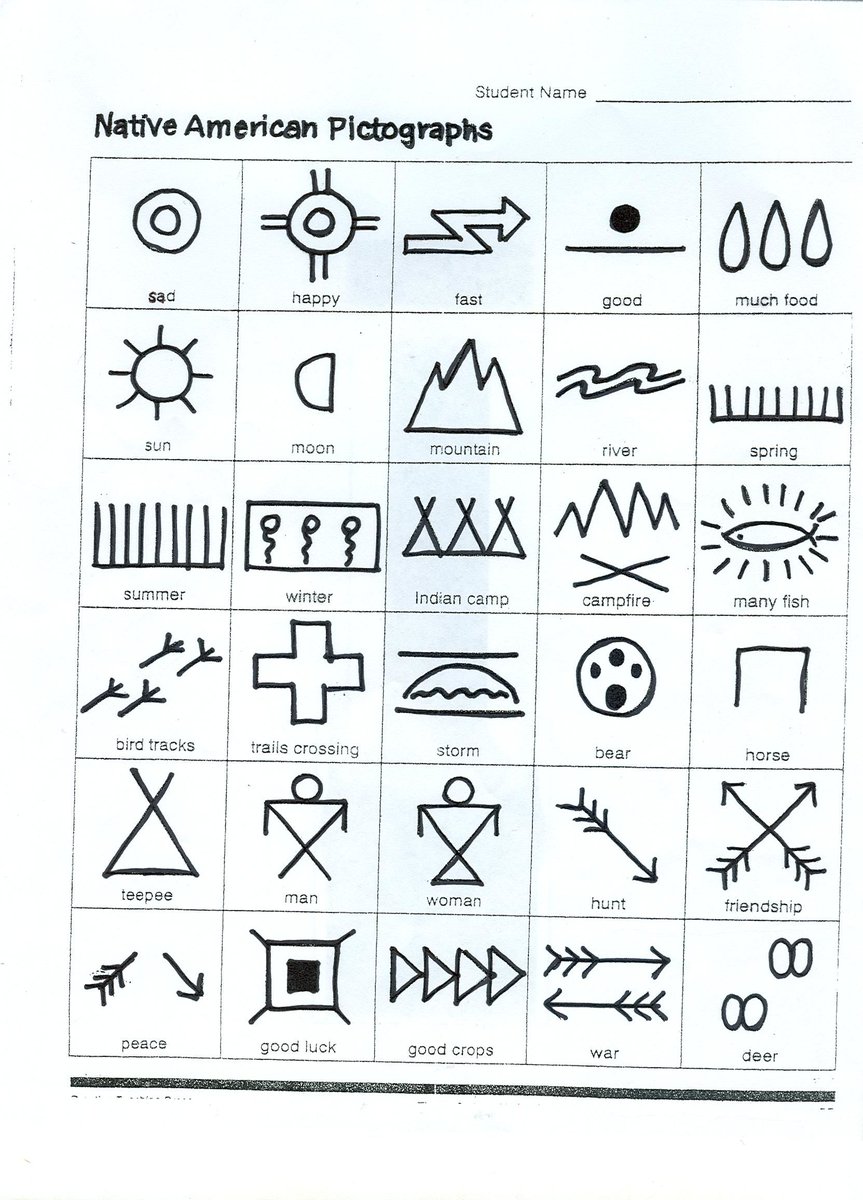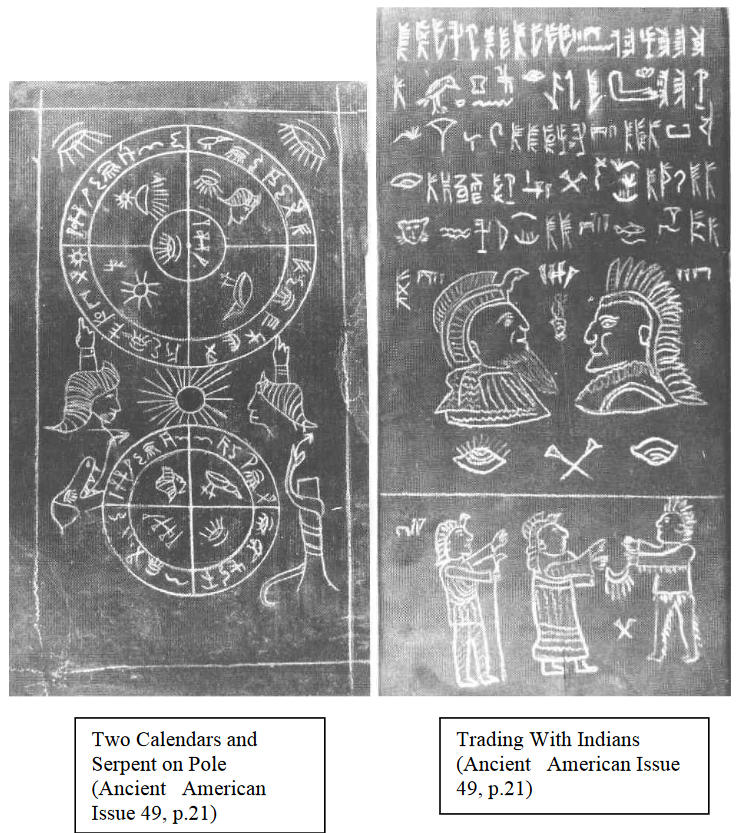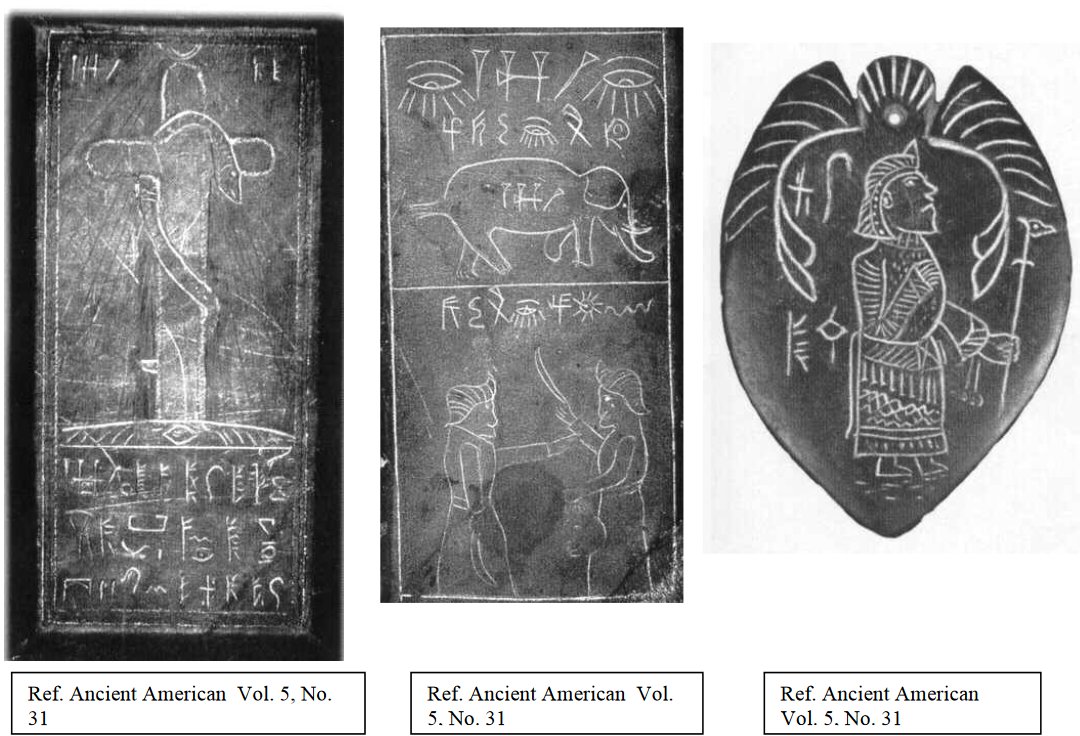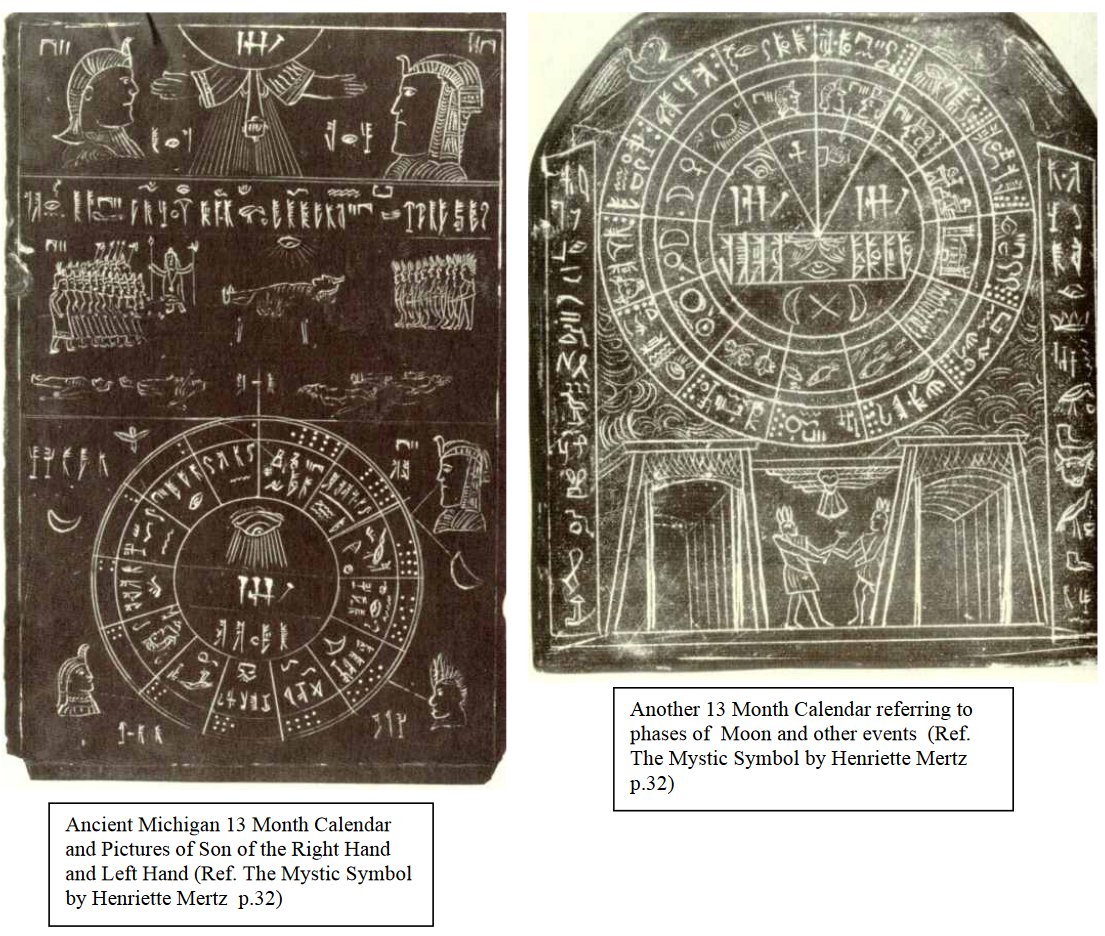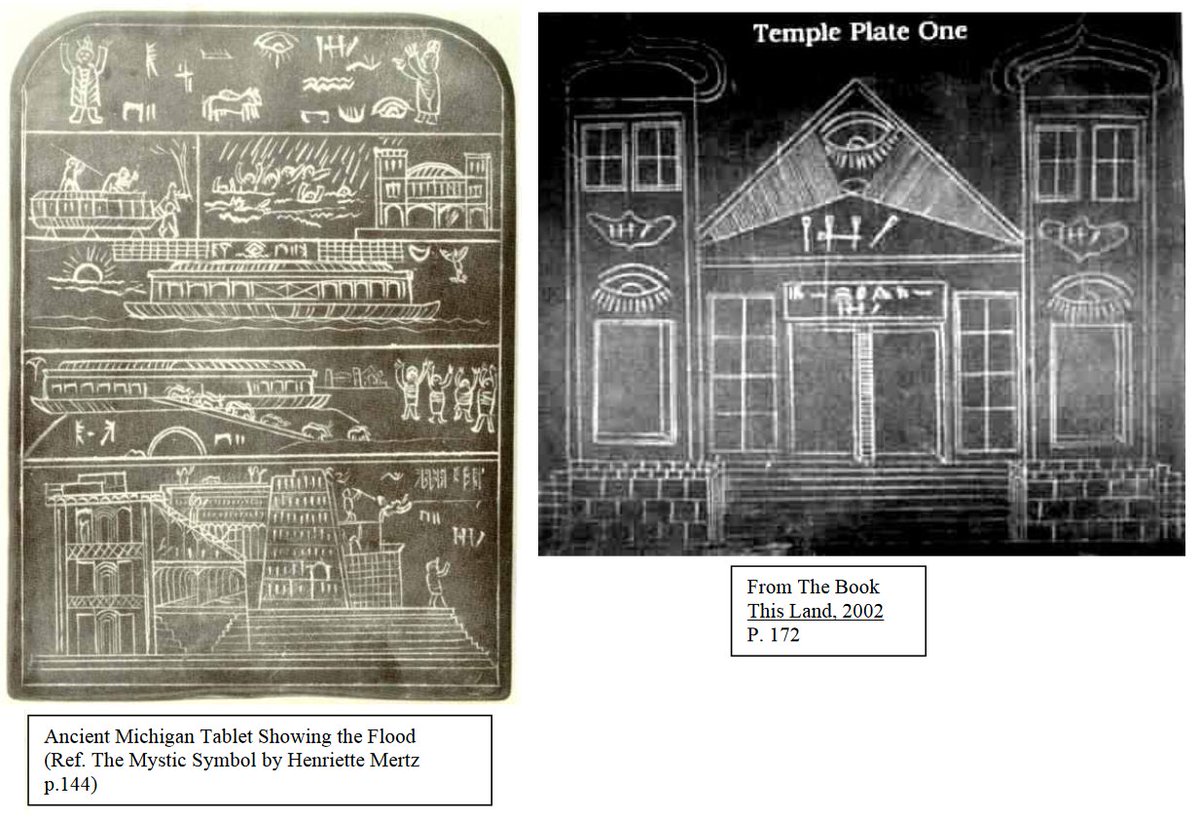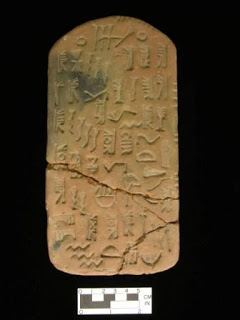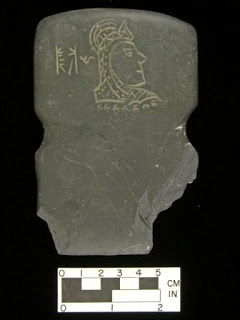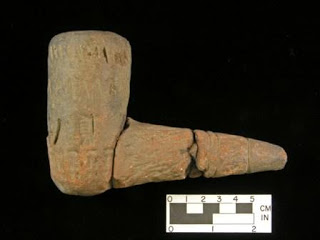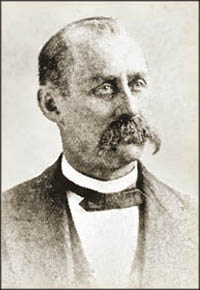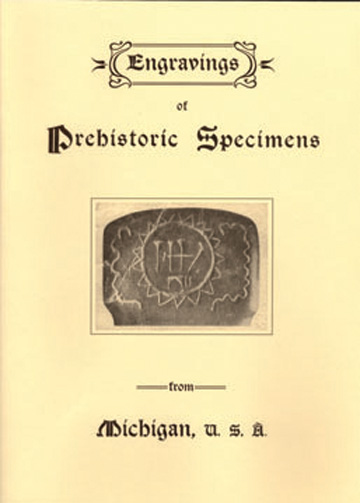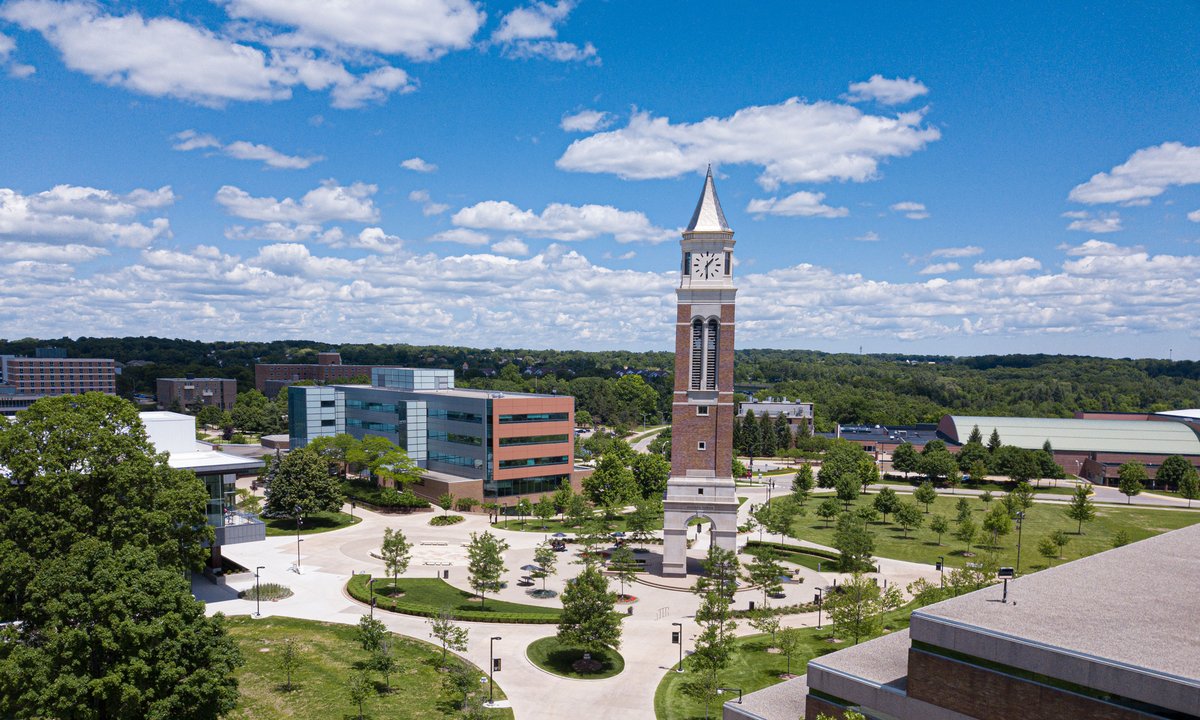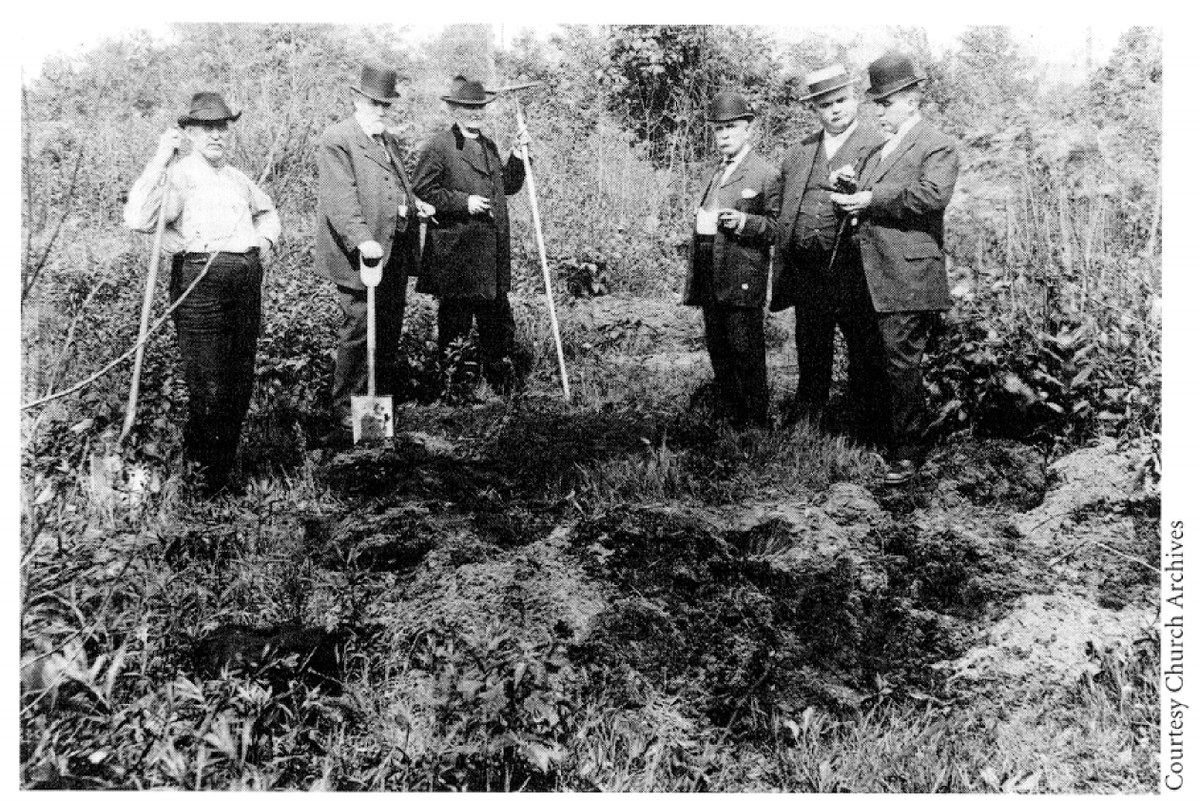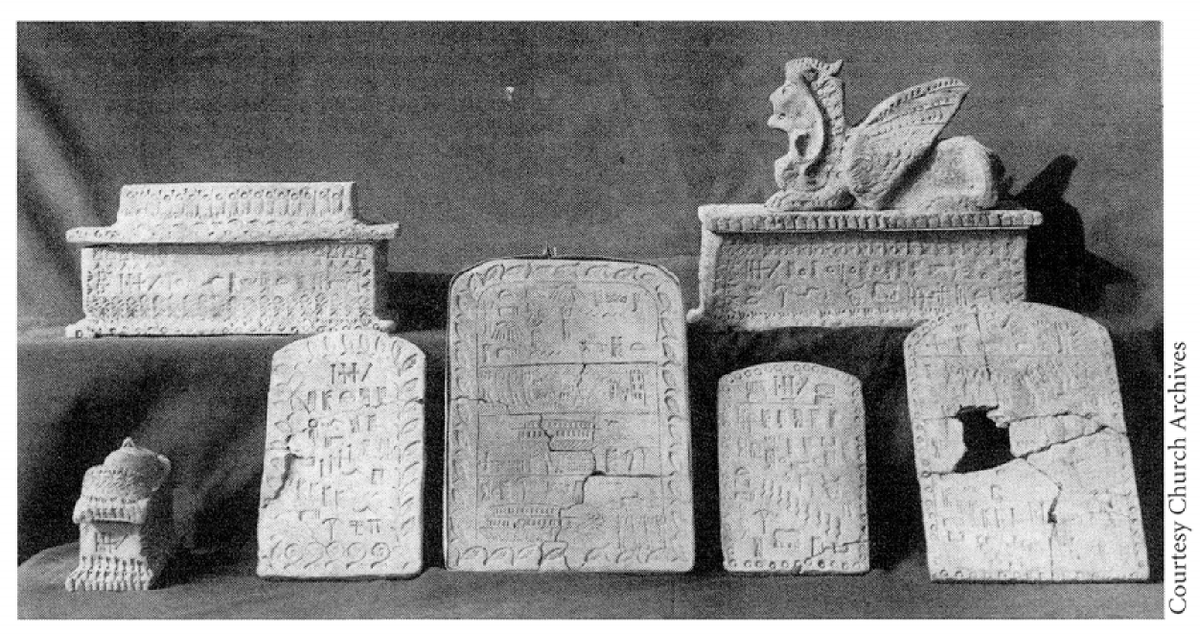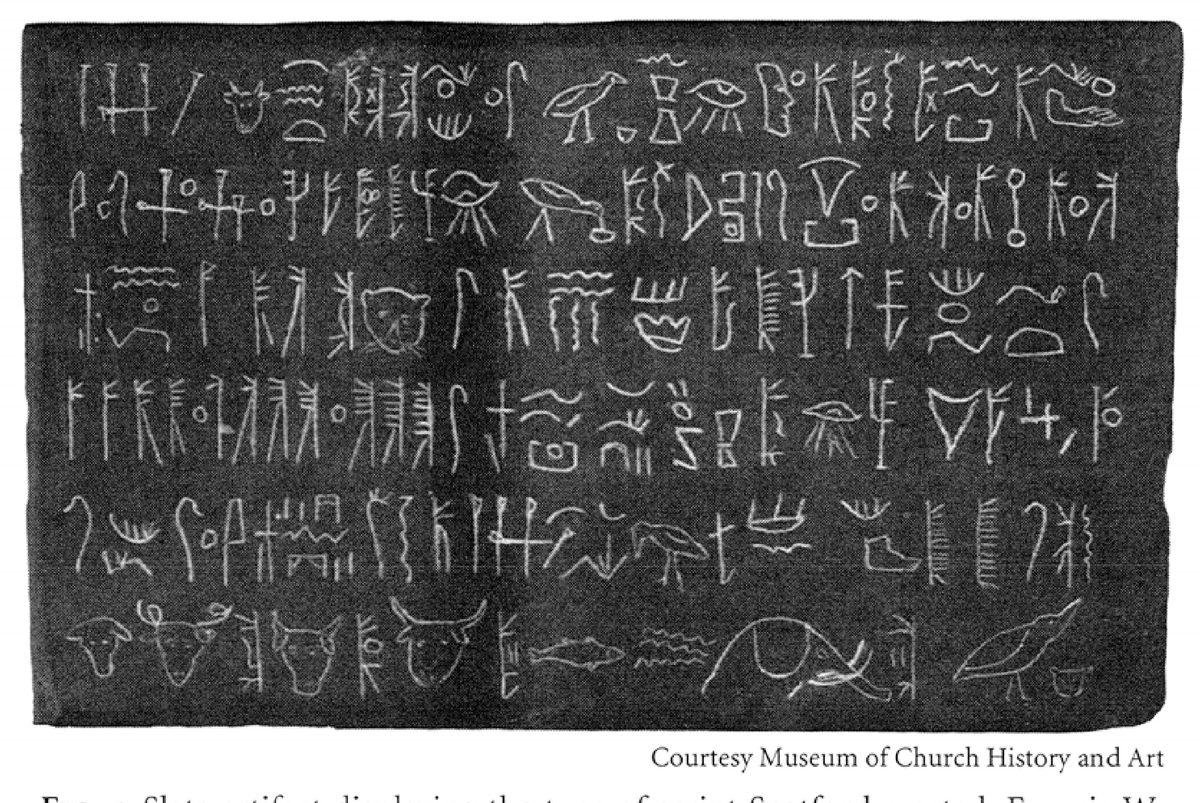It had a population on 20,000 people at its height around 1300 making it the largest city in the Americas north of Mexico.
Mississippian culture was not a single "tribe," but many societies sharing a similar way of life or tradition.
Cahokia was an ancient metropolitan city from the Copper Age.
Cahokia was an ancient metropolitan city from the Copper Age.
Contrary to popular notion natives did have a writing system and we see this preserved on birch bark scrolls.
The Ojibwa people of North America wrote complex geometrical patterns and shapes on these scrolls.
Many are now in museums like the Smithsonian.
The Ojibwa people of North America wrote complex geometrical patterns and shapes on these scrolls.
Many are now in museums like the Smithsonian.
The Newark Holy Stones are a set of artifacts allegedly discovered by David Wyrick in 1860 within a cluster of ancient Indian burial mounds near Newark, Ohio.
Now generally believed to be a “hoax”
Now generally believed to be a “hoax”
They are said to be inscribed with an ancient “block Hebrew” script linking the native cultures of America to the Middle East.
The Bat Creek stone is a piece of pottery found in a cave in Tennessee with Phoenician / Hebrew writing.
It was discovered by Smithsonian agent John W. Emmert but it is also deemed as a forgery
It is still kept by the Smithsonian Institution.
It was discovered by Smithsonian agent John W. Emmert but it is also deemed as a forgery
It is still kept by the Smithsonian Institution.
The Grave Creek Stone is a small sandstone disk inscribed on one side with some twenty-five characters, purportedly discovered in 1838 at Grave Creek Mound in Moundsville, West Virginia.
If genuine, it could provide evidence of a primitive alphabet, but the discovery that the characters can be found in a 1752 book suggests that it is probably a fraud.
The only known image of the actual stone is a photograph of items in the E.H. Davis collection (circa 1878) before the majority of the collection was sold to the Blackmore Museum (now part of the British Museum).
The Grave Creek Stone and a plaster cast of the stone in the collection of the Smithsonian Museum of Natural History.
If native Americans were making rock art from 8000 years ago, why is it considered a fools errand to suggest they had a written language?
The Michigan Relics (also known as the Scotford Frauds or Soper Frauds) are a series of apparently ancient artifacts that were "discovered" during the late nineteenth and early twentieth century.
They were presented by some to be evidence that people of an ancient Near Eastern culture had lived in North America and the U.S. state of Michigan, which, is known as pre-Columbian contact.
Many scholars have determined that the artifacts are archaeological forgeries.
Many scholars have determined that the artifacts are archaeological forgeries.
The Michigan Relics are considered to be one of the most elaborate and extensive pseudoarchaeological hoaxes ever perpetrated in American history.
The finds attracted the interest of some members of The Church of Jesus Christ of Latter-day Saints (LDS Church).
In 1909, Mormon scientist James E. Talmage participated in a "dig" and then thoroughly tested the artifacts in his lab back in Utah.
In 1909, Mormon scientist James E. Talmage participated in a "dig" and then thoroughly tested the artifacts in his lab back in Utah.
Rudolph Etzenhouser, who was a traveling elder of the Reorganized Church of Jesus Christ of Latter Day Saints (RLDS), saw the relics as proof of the historicity of the Book of Mormon.
Etzenhouser even published a book on his collection of the Michigan Relics.
Etzenhouser even published a book on his collection of the Michigan Relics.
After James Savage died in 1927 he bequeathed his collection of the relics to the University of Notre Dame.
While at Notre Dame, the relics sat dormant until the 1960s when Milton R. Hunter, president of the New World Archaeological Foundation, the research institute of the LDS Church, uncovered the relics.
Hunter spent the rest of his life attempting to use the relics to prove the historicity of the Book of Mormon.
Hunter connected the relics to the "Michigan Mound Builders," which he deemed to be the Nephites from the Book of Mormon.
Hunter connected the relics to the "Michigan Mound Builders," which he deemed to be the Nephites from the Book of Mormon.
Hunter's rhetoric and work with the Michigan Relics perpetuated pseudoarchaeology in religion, with efforts to prove pre-Columbian contact and the myth of the mound builders.
Notre Dame gave Hunter the collection in the 1960s and before his death in 1975 he deeded the collection to the LDS Church.
Following Hunter's death, the Church kept the collection in their museum in Salt Lake City, Utah for decades.
Following Hunter's death, the Church kept the collection in their museum in Salt Lake City, Utah for decades.
In 2001, the Church had the relics examined by Professor of Anthropology Richard B. Stamps, of Oakland University and found that the artifacts were made with contemporary tools.
The LDS Church kept 797 of the objects in their Salt Lake City Museum.
In 2003, they gave them to the Michigan History Museum in Lansing where they currently reside.
In 2003, they gave them to the Michigan History Museum in Lansing where they currently reside.

 Read on Twitter
Read on Twitter